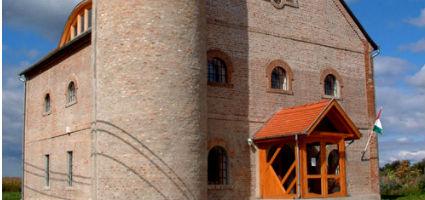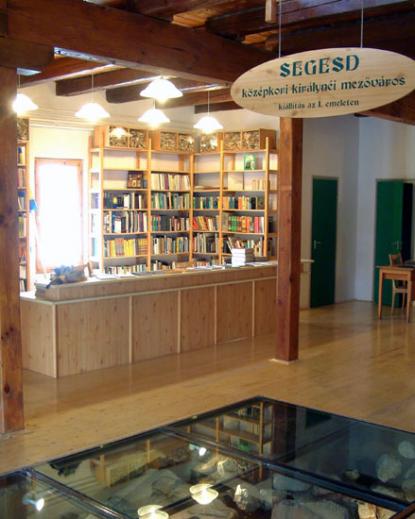2025. July 5. Saturday
Saint Margaret of the Árpád House Museum and Village Library - Segesd
 |
Address: 7562, Segesd Kossuth u. 113/B
Phone number: (82) 733-403
E-mail: muzeum@segesd.hu
Opening hours: Mon-Fri 10-16
|
An except of the demolition of the royal queen's town of Segesd is shown at the exhibition. The brilliant residency of the queen was situated on the highest spot of Segesd called Upper Segesd, North West of the Franciscan monastery. The castle was built in a triangle shape fortress surrounded by ditches and fortification. Remains of an early chapel were also found where officials, governors and bailiffs of high ranking were buried. Between 1319-1346 the son of Amadé Gutkeled, Miklós, the main supporter of the Anjou king Károly Róbert, the lord of Kaposújvár, the governor of Slavonia, as well as his son were buried in the chapel. In 1417, the Marzcali family, later the Báthory family, acquired the land. From 1566 until 1696, the Turkish ruled the region. During the border castle fights, the castle was burned down at least seven times.

The reconstruction of one of these fires is represented on one of the plotting boards. Research works beginning in 1881 uncovered the destructions. Stones and imprints of fire suggest fire demolishing the castle. Melt bronze and iron objects sign the same tragedies. Walls of buildings caving in covered varied objects.
Later new buildings were erected over the ruins. First, the remains of the Franciscan monastery built in the 18th century were recovered from under the pale castle built by the Turkish around 1570. A giant pole with the coat of arms of the nation was found on 13 March 1756 when the ruins were cleared out. 'They were bulled by 12 oxen to the residency.'
The stones with angel carvings were found then. It was the memorial tablet of Báthory Katalin, the wife of the lord lieutenant Marczali György. This was one of the most important proof of the Renaissance flourishing in the 15th century.

The reconstruction of one of these fires is represented on one of the plotting boards. Research works beginning in 1881 uncovered the destructions. Stones and imprints of fire suggest fire demolishing the castle. Melt bronze and iron objects sign the same tragedies. Walls of buildings caving in covered varied objects.
Later new buildings were erected over the ruins. First, the remains of the Franciscan monastery built in the 18th century were recovered from under the pale castle built by the Turkish around 1570. A giant pole with the coat of arms of the nation was found on 13 March 1756 when the ruins were cleared out. 'They were bulled by 12 oxen to the residency.'
The stones with angel carvings were found then. It was the memorial tablet of Báthory Katalin, the wife of the lord lieutenant Marczali György. This was one of the most important proof of the Renaissance flourishing in the 15th century.
